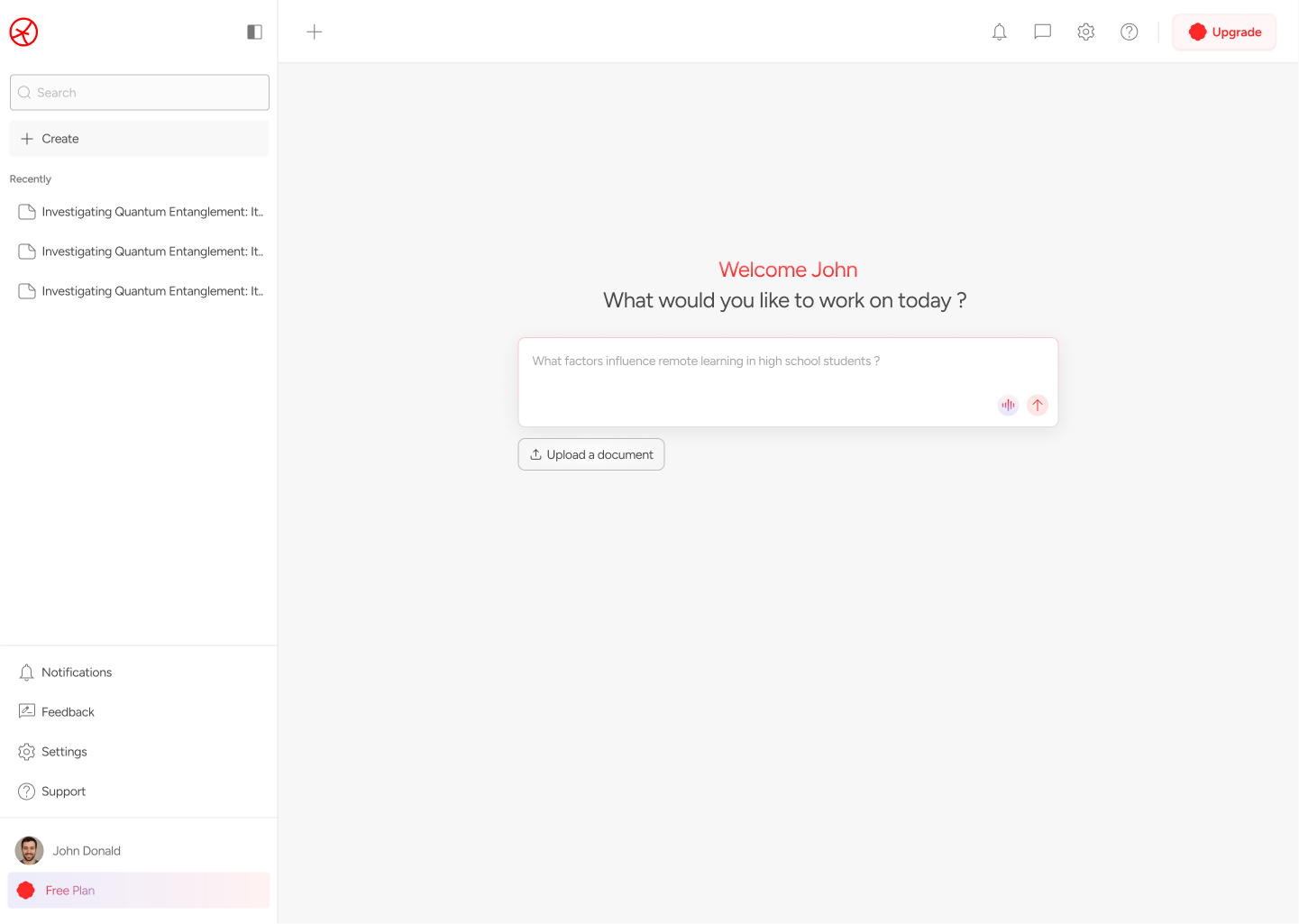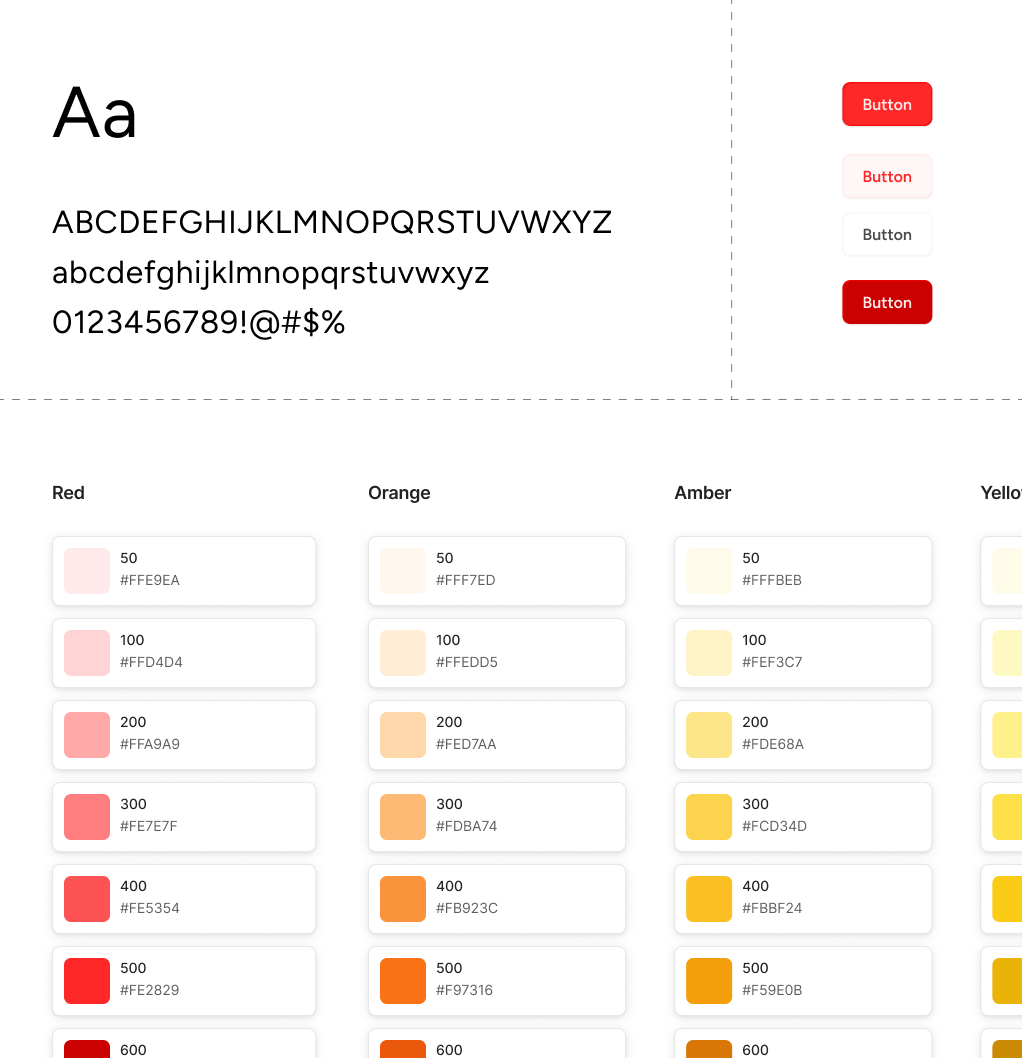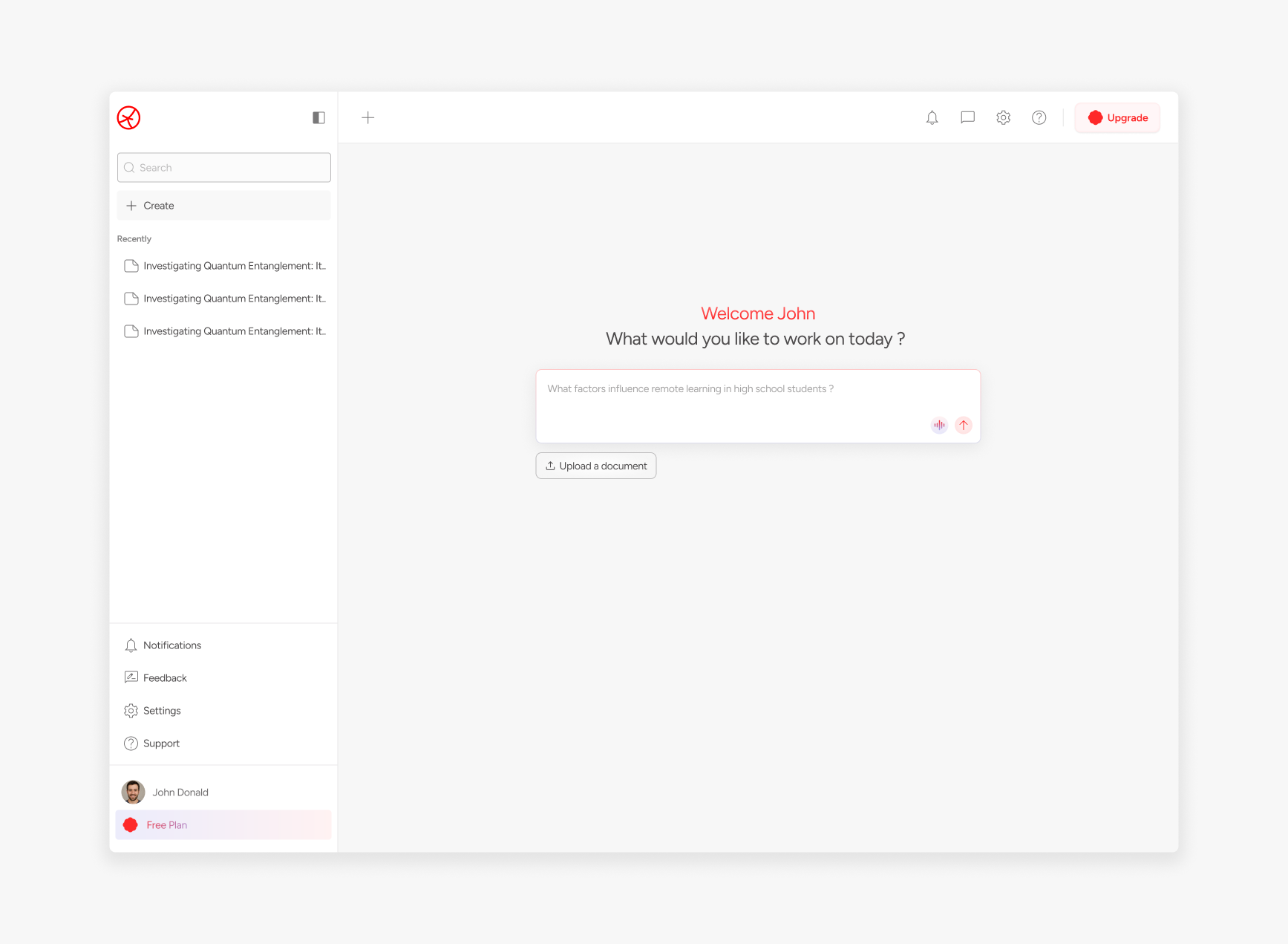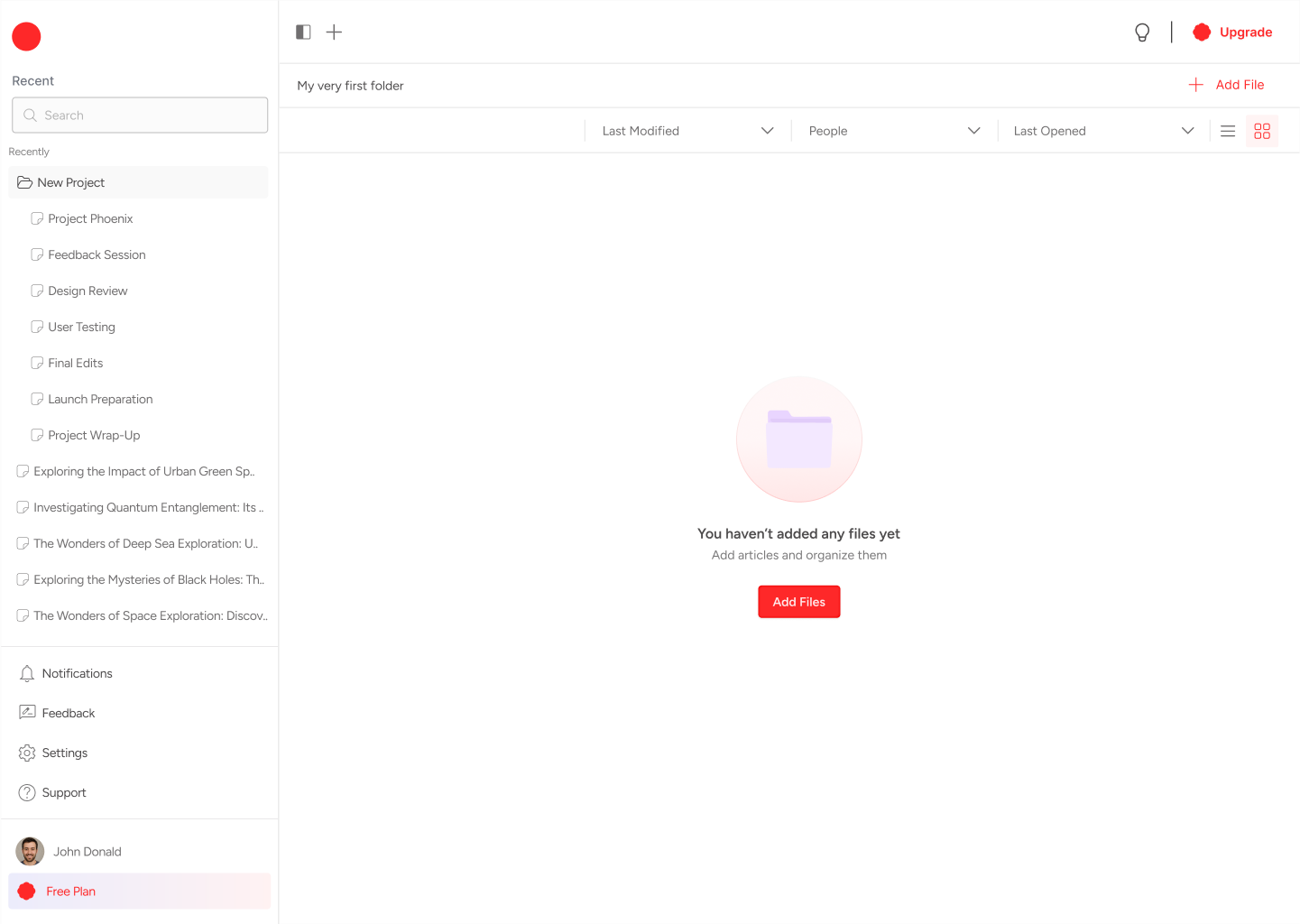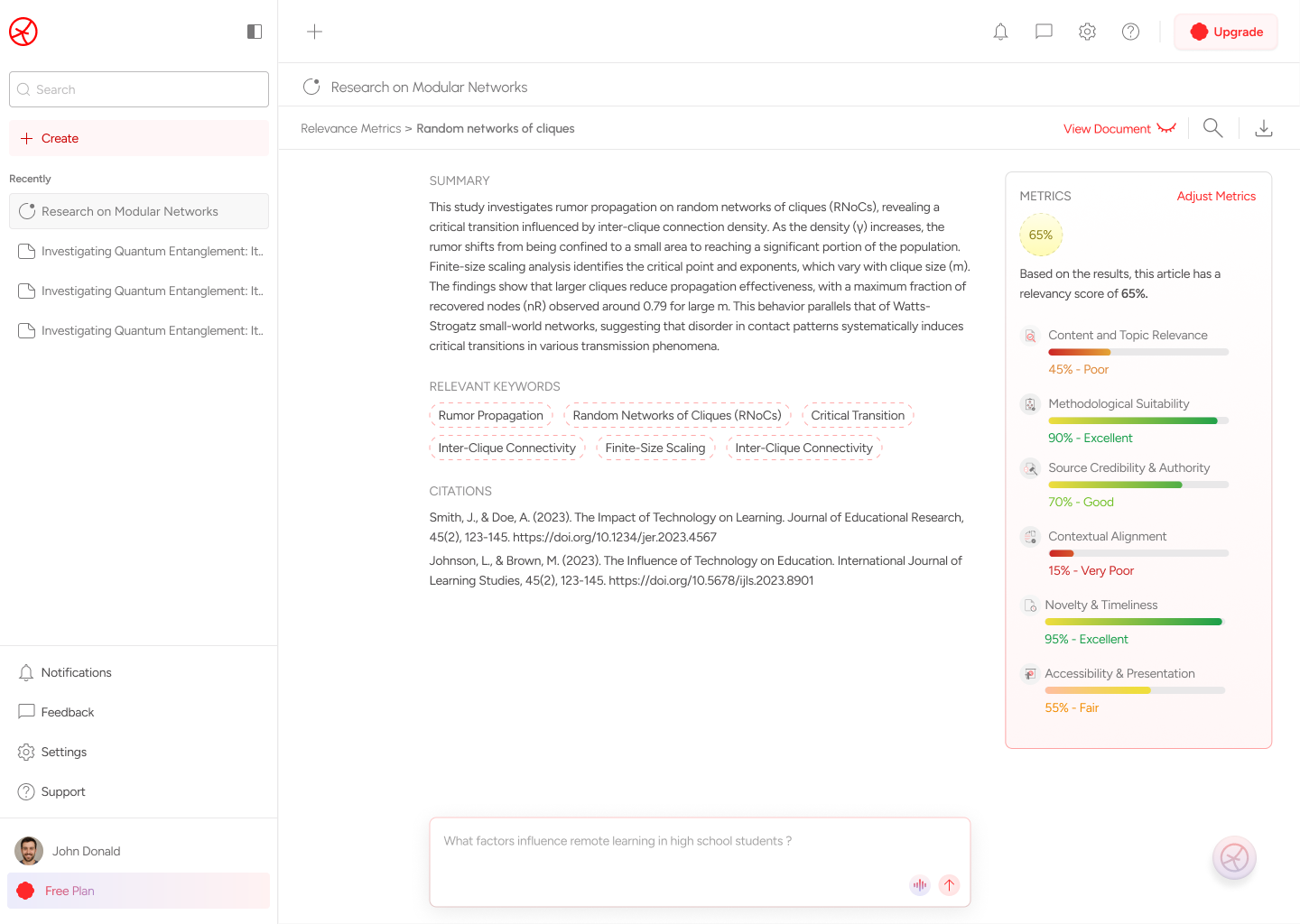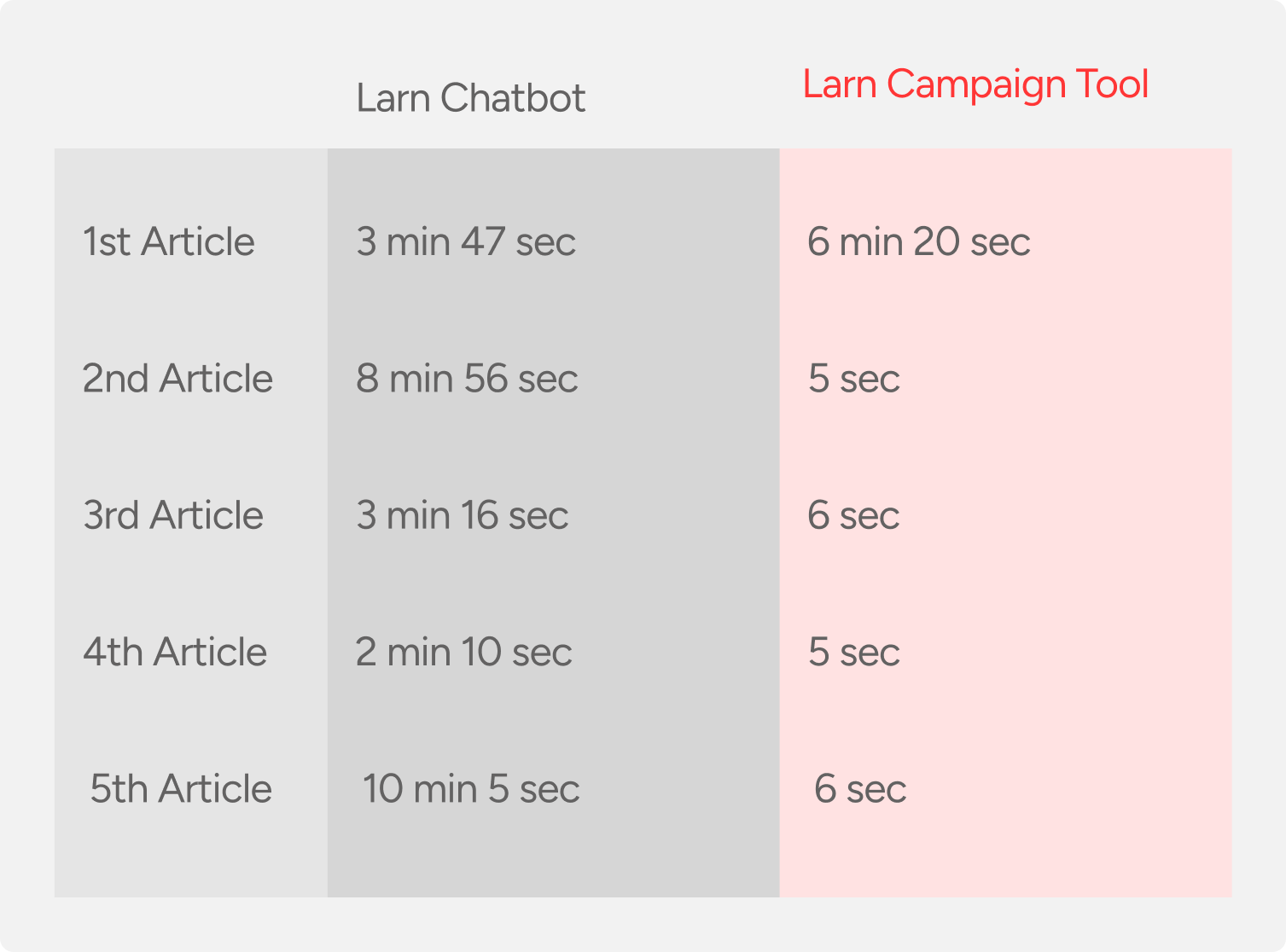What we wanted to achieve
The goal was to reduce the time and cognitive load spent on confirming the relevancy of a research article thus enabling researchers to focus on high-level thinking and innovation.
What is currently happening
With limited resources, our interviews focused solely on academic researchers and students, conducted through surveys and usage monitoring.
From earlier research we also know their primary goal is to publish research papers often as a means to secure future contracts.
The global research software market (including tools for data analysis, lab management, and collaboration) is projected to grow steadily, with annual growth rates between 8–12%, depending on the segment.
AI-powered tools for literature review, citation management, and research workflow (like Scite, ResearchRabbit, Elicit, Consensus AI, Anara) have raised significant funding and are seeing increased adoption among academics and corporate R&D teams.
